Although the amount of crop damage caused by deer has leveled off over the past few years, it reached approximately 5.4 billion yen in FY2018, and the situation remains serious. It exceeds the 4.7 billion yen damage caused by wild boars, making it the most damaging wild bird and beast. In addition, it is said that the above amount of damage is less than the actual amount because there are cases where no report is made even if there is damage.

In addition, the long-term increase in deer populations and expansion of habitats have caused serious damage to forests. About 20% of forests in Japan have been confirmed to be damaged by deer, and the damage area has reached about 3,500 hectares annually nationwide (FY 2018). is.
One of the reasons why deer damage has spread so far is the deer's high fertility. Under favorable conditions, deer become pregnant from the age of one and give birth almost every year. They give birth one at a time, but during the breeding season, a few males surround many females (polygamy), and most of the fertile females around the male become pregnant.
As a result, the population increases at an annual rate of about 20%, and it is said that the population will double in four to five years. According to estimates by the Ministry of the Environment, there are approximately 2.44 million deer inhabiting Japan (end of 2017, excluding Hokkaido), and although it has been declining since 2014, there were about 500,000 deer at the beginning of Heisei. In comparison, it remains at a high level, indicating that population reduction through capture is still necessary.
The Ministry of the Environment aims to reduce the deer population to about 1.5 million by FY2023, and is promoting countermeasures such as capture.
Recent national deer damage
In many areas, the damage caused by deer is increasing and becoming more serious, and local governments are struggling to deal with it.Around Nara Park
Nara Park (Nara City) is home to approximately 1,300 deer, a natural monument, and is a popular spot that is visited by approximately 10 million people annually. However, this year, the number of tourists has decreased due to the new coronavirus, and deer can no longer receive deer crackers from tourists.
As a result, deer migrate to urban areas and forest areas in search of food such as nuts. There have been damages such as food sold at shops being eaten and surrounding fields and flowerbeds being destroyed.
Kanra Town, Gunma Prefecture
Gunma Prefecture boasts the largest apple production in the Kanto region. Kanra-cho makes use of its rich natural environment and suppresses the use of chemical pesticides to produce delicious apples, including cultivars such as ``Yoko'' and ``Fuji''.
However, in recent years, deer feeding on apples has become more serious, and this year there are some farmers whose harvest is likely to fall to about two-thirds of the average year, and some producers who have suffered damage to about half of their fields.
As predation damage by deer spreads, the number of deer caught in the town is also rising.
Izu Peninsula, Shizuoka Prefecture
In the past, deer were protected in national forests on the Izu Peninsula, and according to the "Wildlife Protection Law," females were prohibited from being caught, and males were limited to one per day.
However, feeding damage by deer is becoming more serious around the Izu Peninsula and Mt. Fuji. In addition to bark peeling and feeding damage to the understory vegetation, there is also damage to the fields.
How to catch deer?
In order to fundamentally reduce feeding damage by deer, it is necessary to reduce the population through capture. Specifically, traps such as "Kukuri Trap", "Box Trap", and "Enclosure Trap" are used to capture them. Please refer to the following pages for explanations of the characteristics and actions of each trap. * Basically, you need a "trap hunting license" to set up a trap.Various trap explanations and sales pages
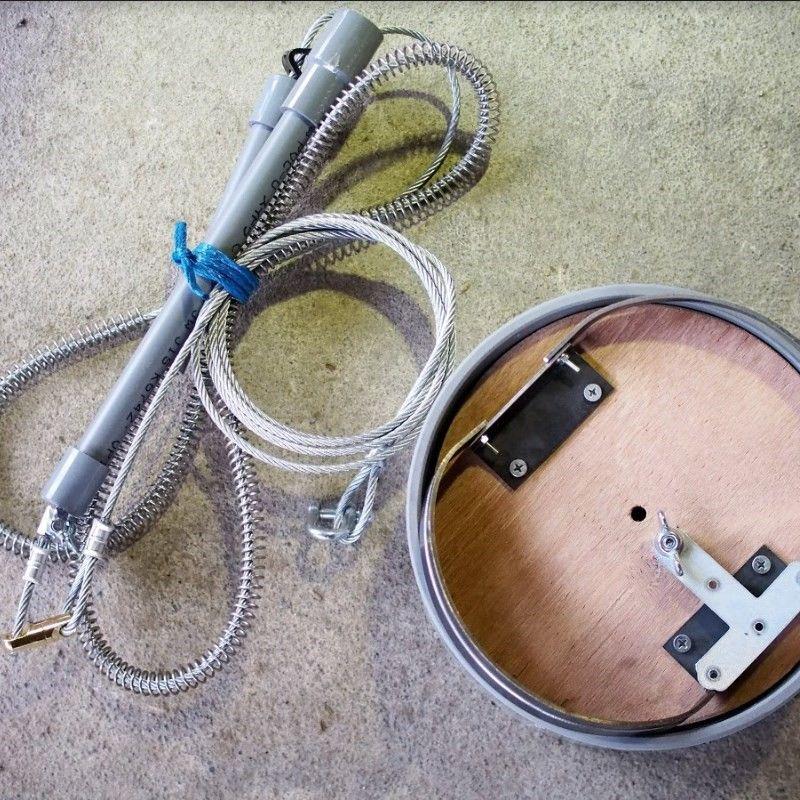 From tying trap beginners to veterans. It is a cheap and high catch rate and popular tying trap.
From tying trap beginners to veterans. It is a cheap and high catch rate and popular tying trap.Learn more>>
FAQ
Q: I want to use bait to attract deer.
A: A typical example is lure using alfalfa or hay cubes (hardened hay such as alfalfa). It is widely used because it is less likely to attract other animals compared to attracting methods other than grass.
On the other hand, deer may not recognize it as food, so if the lure seems to be weak, use a different type of lure (corn, barley, rice bran, waste vegetables, etc.). In the case of attracting bait other than Hay Cube, it may attract other animals such as wild boars. Therefore, mineral salt or soy sauce may be used to induce it.
Also, if the same crop is cultivated in the vicinity and feeding damage is seen, using the same crop as a lure may cause the beast to become attached to the crop, so be careful.
Q: If caught, what should I do?
A: In any trap, if the prey caught in the trap is a captured animal, it must be killed (stop stabbing). Guns, knives, iron pipes, and electric stabs are used as stabs.
In the case of an iron pipe, a strong blow is given to the back of the head and around the neck. In the case of a knife, aim at the heart or carotid artery and stab.
Deer are less likely to fight back than wild boars, and basically try to escape from humans. It may rage, so be careful.
The power of the wild is stronger than you think, so don't let your guard down, don't overdo it if it seems like you can't handle it, and be ready to ask for expert support in case of emergency.
Also, in the case of tying traps, the snare (the wire loop that binds the legs) may lose its legs or its legs may be torn off due to the momentum, so approach from a direction where it is difficult for the deer to take a run-up distance as much as possible. It is a good idea to guide the deer to escape in the direction that the wire is entangled in the tree, and to narrow the area where the deer can move.

 箱罠
箱罠
 くくり罠
くくり罠
 パーツ類
パーツ類
 電気柵
電気柵
 自作キット
自作キット
 防獣グッズ
防獣グッズ
 監視カメラ
監視カメラ
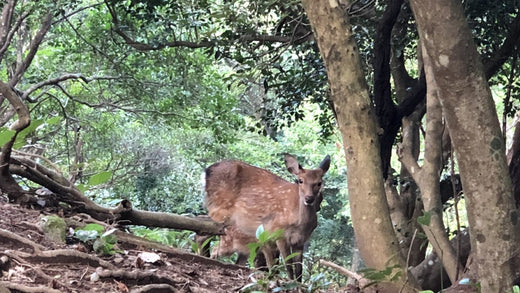
 Box trap
Box trap 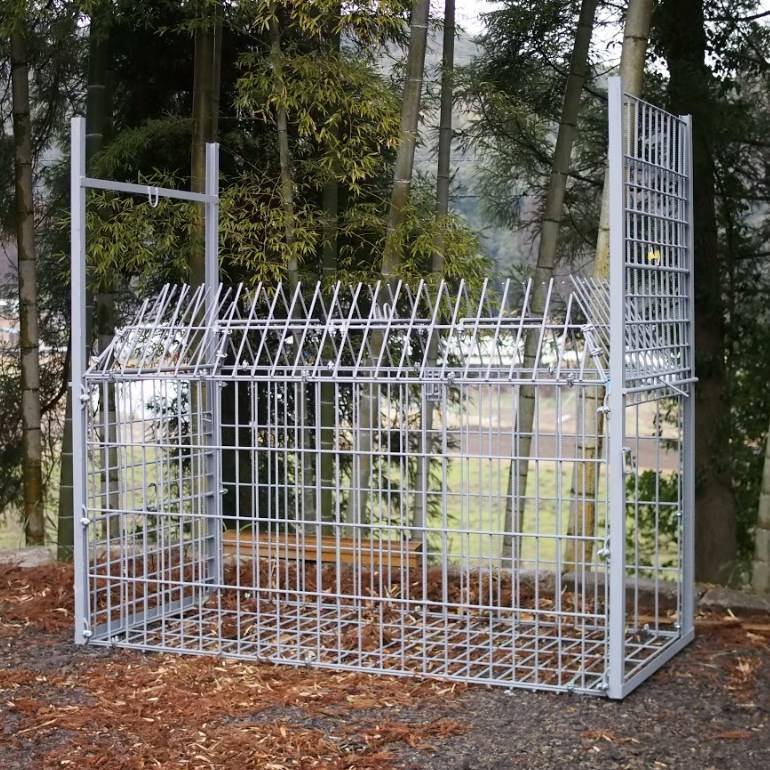 Half of the top of the enclosure trap
Half of the top of the enclosure trap 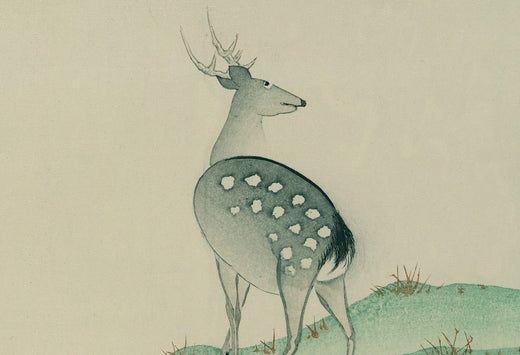
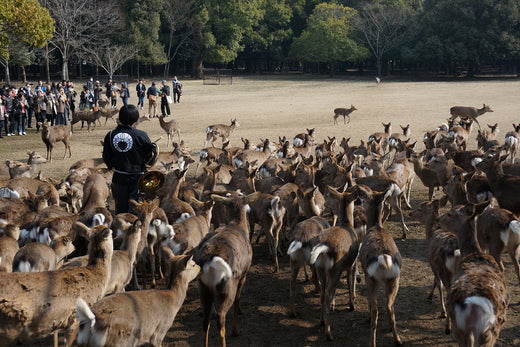

 box trap
box trap
 tying trap
tying trap
 enclosure trap
enclosure trap
 Prevention and avoidance goods
Prevention and avoidance goods
 electric fence
electric fence
 trap surveillance camera
trap surveillance camera
 transportation goods
transportation goods
 Trap detection sensor
Trap detection sensor
 hunting supplies
hunting supplies
 hunting books
hunting books
 Anti-bird goods
Anti-bird goods
 Agricultural materials/machinery
Agricultural materials/machinery
 boar
boar
 deer
deer
 Kyon
Kyon
 monkey
monkey
 raccoon
raccoon
 Badger
Badger
 palm civet
palm civet
 raccoon dog
raccoon dog
 nutria
nutria
 mouse or rat
mouse or rat
 Mole
Mole
 bear
bear
 pigeon
pigeon
 Crow
Crow







